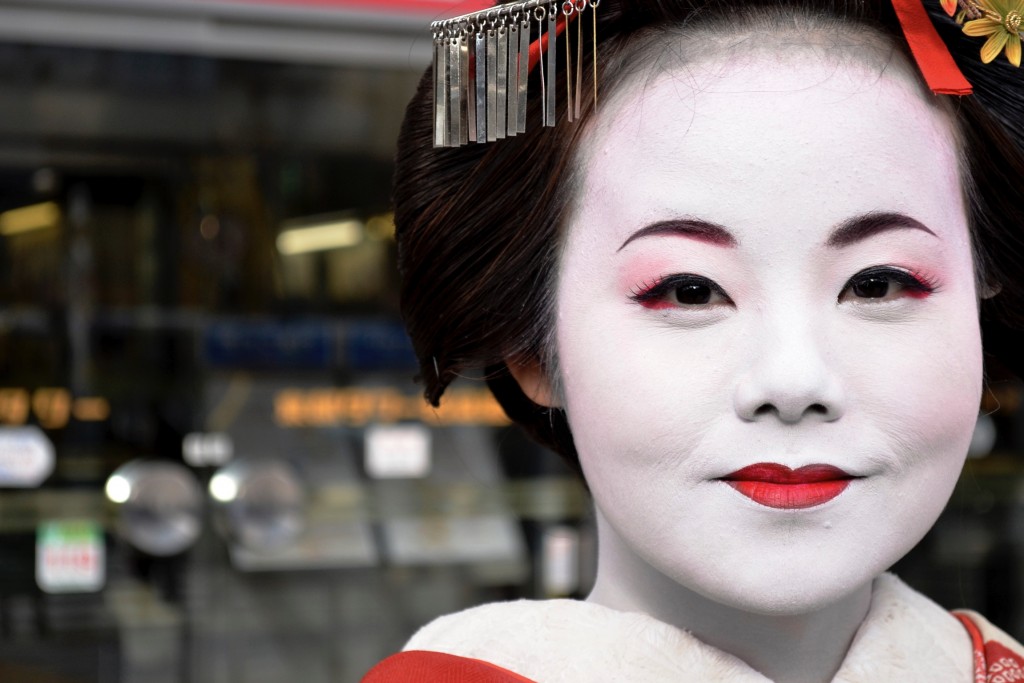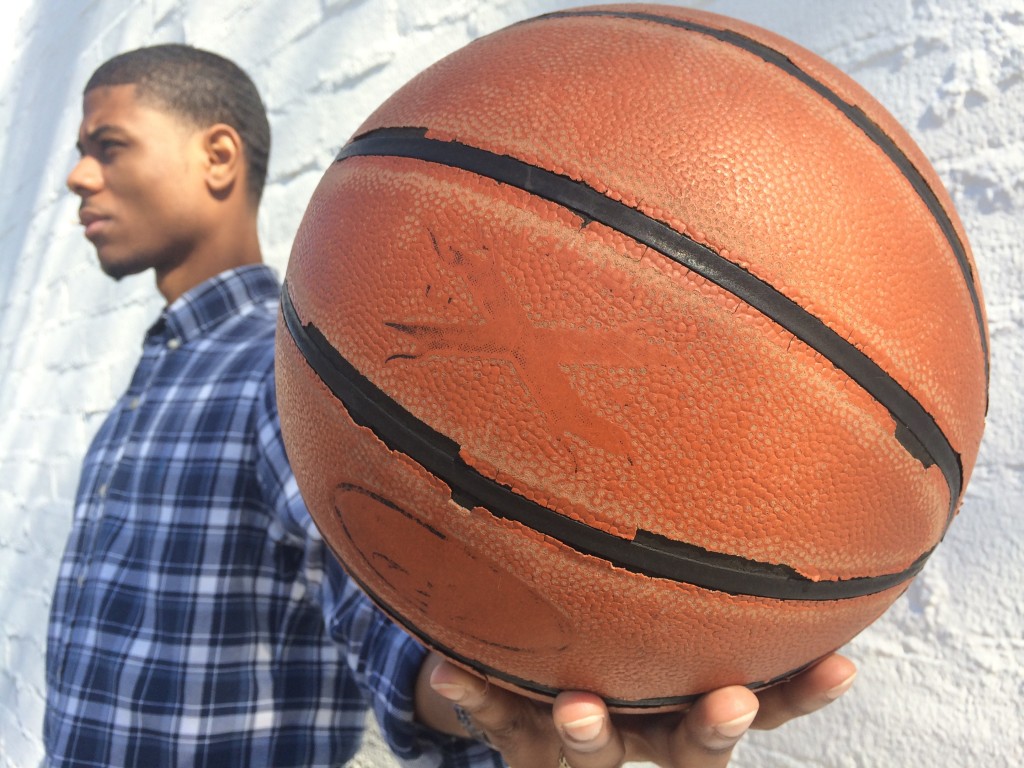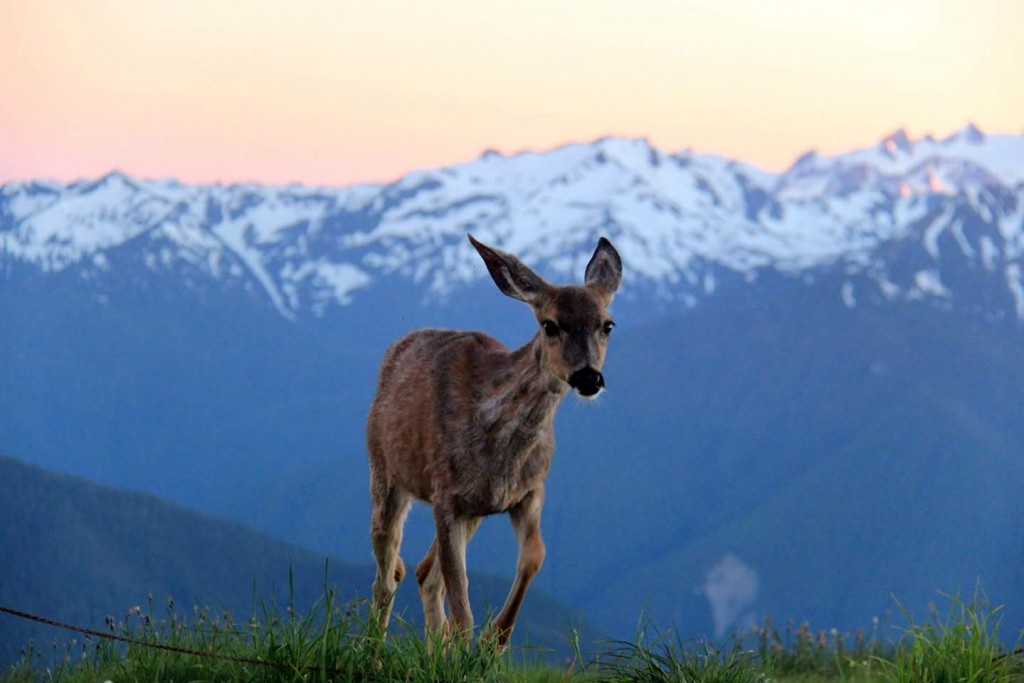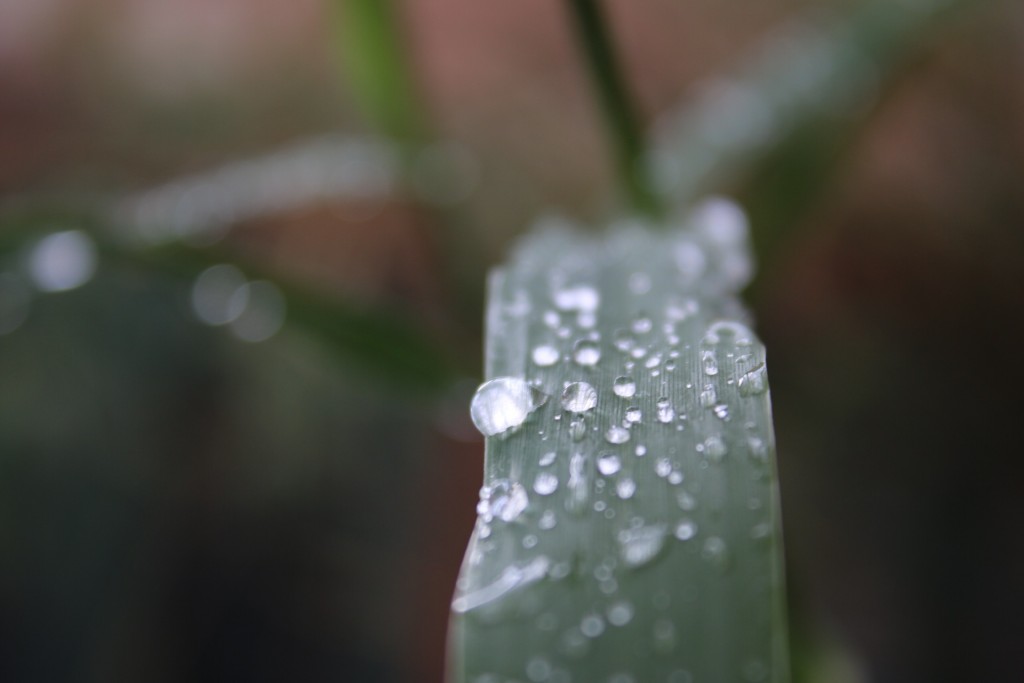Has someone stolen your photos?
You upload a photo you’ve taken to your blog or social media accounts, it’s yours. Well sort of. Most social media sites’ terms and conditions (that little tick box you pay no attention to when signing up) mean that they have more control over your photos and videos than you might like. The rights that sites like Facebook and Flickr have over you photos are one thing, but how do you feel about other people stealing your photos and passing them off as their own? Even making money out of them…
 Scoopshooter: Omar Velazquez
Scoopshooter: Omar Velazquez
 Scoopshooter:brooke benko
Scoopshooter:brooke benko
The problem is, clicking ‘save as’ or copying and pasting someone else’s photo to use it for your own purposes — say on your own blog for instance — doesn’t feel like a crime. It’s just a photo after all… right? No, because it’s not yours. Like plagiarising something written by someone else, the consequences of using someone’s photo without permission can be personal, ethical and legal.
So let’s call it what it is, stealing. Copyright laws are very clear. The solution to keep your photos safe, stop putting your stuff on the internet. If this option isn’t attractive, you can hunt the thieving weasels down. It’s pretty simple actually.
If you have a photo that you think has been stolen, you can use Google to track down where else it has been published and by whom. Go to Google Images and in the search bar there is a small camera, click on it. You can either upload the image or paste the URL of the image you want to search for unauthorized copies of. The search will then return photos with very visually similar elements and meta data (captions and text), including the webpages that contain the same image. From these search results you can find out if anyone is using your image without permission, from there you can visit the webpage containing the image in an effort to contact that person and ask them to remove it. You can also dig a little deeper using Google’s advanced image search, that allows you to search by size, file type, color, etc.
 Scoopshooter:Tatiana Shumbasova
Scoopshooter:Tatiana Shumbasova
 Scoopshooter: Tineke De Jong
Scoopshooter: Tineke De Jong
You might wonder why someone would go to the bother to track down unauthorized usage of their photos. If your business is images, selling the rights to use those images is how you make your money. Exclusivity of usage carries a premium, if that photo has been published everywhere it’s less desirable to a photo buyer and therefore worth less. So it makes sense for professional photographers to protect their work.
Amateur photographers should take note, too. If you are building your reputation as a photographer you may want to control where and when your photos are published, as well as making sure you get proper credit for your work. Chances are, if your photo has been stolen, you have not been credited as the photographer. So yes it matters, if only out of principle.
 Scoopshooter:Aamir Mian
Scoopshooter:Aamir Mian
 Scoopshooter: Roxann C
Scoopshooter: Roxann C
If you don’t want to take on the role of the photo police, but you want to protect your digital image rights, be careful which sites you post your photos to. With Scoopshot we protect our users’ rights and make sure they are fairly compensated for the use of their work — one way we protect your photos is by watermarking them with the Scoopshot logo. If you want to showcase you work without the worry that the platform provider will exploit you, use Scoopshot to host your photos and videos and showcase you work, plus you might even make a few bucks if someone buys them!
5 Comments
Omar Velazquez
February 17, 2015“With Scoopshot we protect our users’ rights and make sure they are fairly compensated for the use of their work — one way we protect your photos is by watermarking them with the Scoopshot logo” Funny how you state this in the very same post in which our pictures do not have any watermark. As a matter of fact, clicking on the image, brings you to an even bigger version of the photo. I just downloaded to my desktop a copy of my picture (the one with the geisha) in a fairly big, almost printable size with no watermark whatsoever. Is this really the protection you were talking about?
Scoopshot
February 23, 2015Hi Omar,
All the photos that we use on our blog and social media sites have been bought by us from the Scoopshot store, so we own the rights to use those images. In order for people to use photos from Scoopshot, they must buy them otherwise the watermarks will remain on the images, should they attempt to download/steal them. Once they leave the store it is more difficult to protect those images, this is a problem that is faced by all stock photography websites. Unfortunately, if someone really wants to steal something they will! We want to educate people to help them understand that downloading an using an image without permission is wrong!
Jan Yfver
February 27, 2015Omar, Scoopshot and other picture agencies earn a lot on photos you think you own. They pay you very bad, use your photos as they want, (because you agree with that in terms that you of course have read and fully understand) and you can’t do anything about that. (Sorry for that Scoopshot, but it is facts)
I am only use some agencies for selling photos that not have a big value for me. If you would like to sell and protect your photos, build your own web store and do it in flash. If someone really sucked to steel a photo from you then they only get a very bad photo.
If you not are able to build your own store and will keep your photos for your self, don’t upload them anywhere.
I upload photos time to time to different sites and try to read and understand the terms. If I am lucky I find someone that actually steel a photo of mine and send an invoice. In this way I earn much more than I can do with i.e scoopshot. Actually up to 5 000 % more but at least 500 % more. Trust me, I have done it several times.
So be just happy if someone steel “your” picture
Be sure that the photo have so much information as possible when you shot it. It is a lot of different way to protect your photos with the EXIF information. The thief’s that steel photos, most of them don’t have the knowledge how to look these things up.
Jonathan Bailey
February 28, 2015Great article and thank you for drawing attention to this issue.
One point I would want to add is that, if you find your photos on a site without your permission and the person who posted them refuses to remove, you likely can file a Digital Millennium Copyright Act (DMCA) takedown to get it removed.
The process is fairly simple and there are plenty of people, myself included, who will help you through the process.
Keep fighting the good fight!
christian frugal living blogs best
March 28, 2015There are many occasions when we forget to buy something oor leave it until thhe last minute.
As unbelievable as it sounds, milliions of Australians hazve
abandoned billions of dollars in superannuatgion funds.
If you think about it, spending less will teach yoou how too be a wise spender.